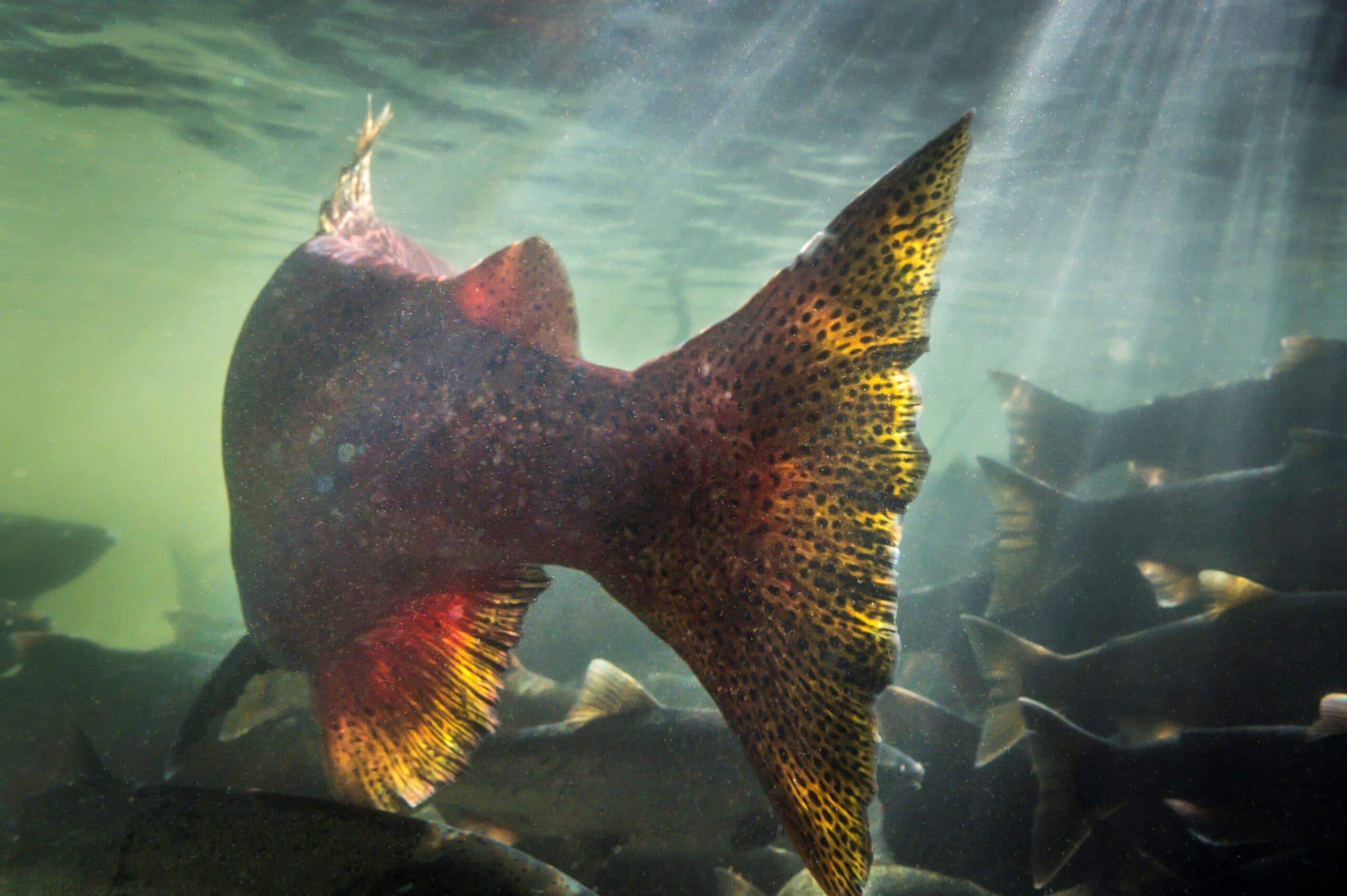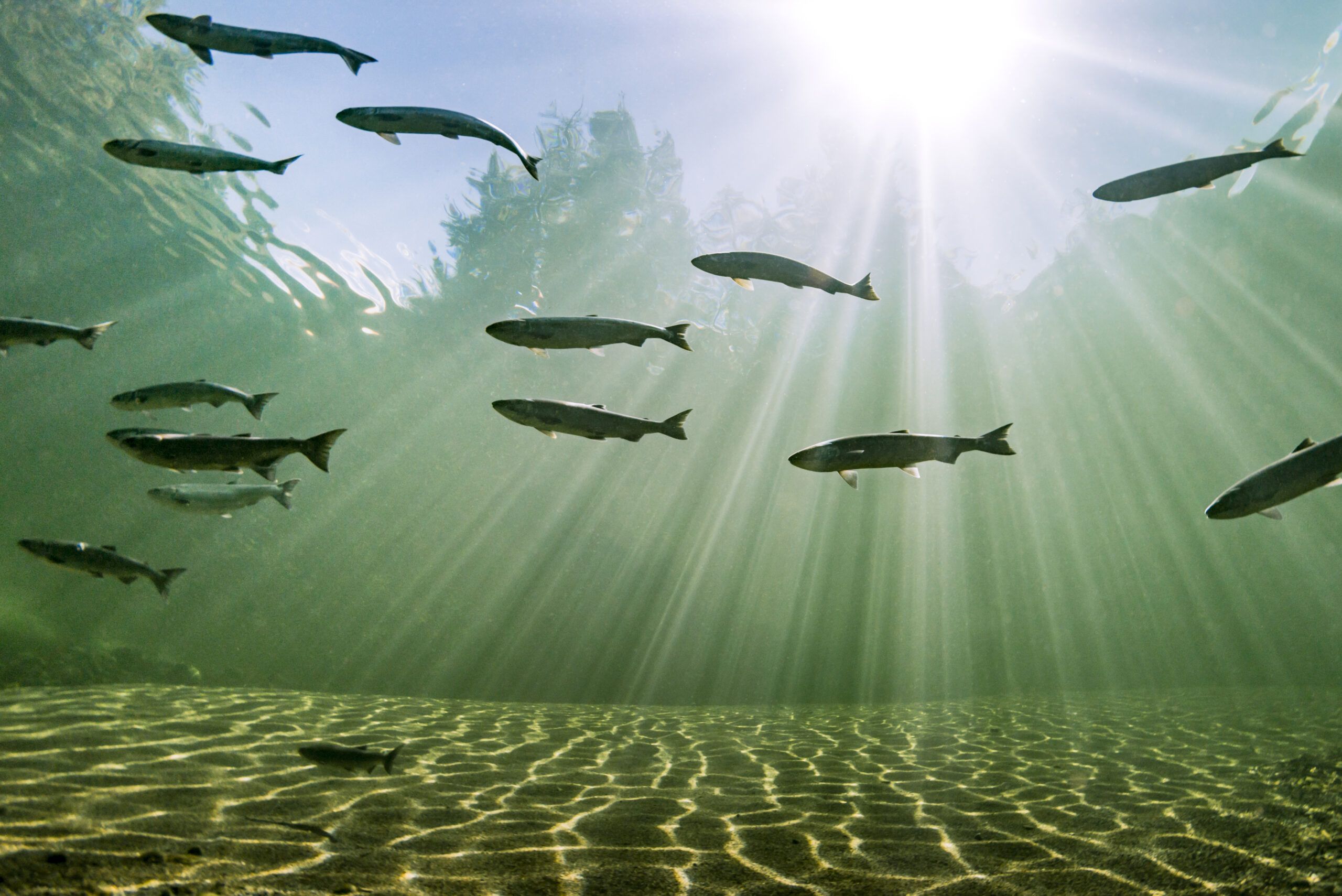
Preserving historical context
Historical photos and videos are invaluable in providing a visual record of past marine environments and salmon populations. These resources help to provide a point of reference for natural conditions and biodiversity. By examining these historical records, scientists and conservationists can better understand the historical conditions of salmon habitats, track changes over time, and identify factors that have contributed to declines in their populations. This historical context is essential for setting conservation goals and restoring ecosystems to their former health.
Monitoring current conditions
Current photo and video resources are crucial for real-time monitoring and assessment of marine environments and salmon populations. They enable researchers to observe and document the behavior, health, and population dynamics of species in their natural habitats. These real-time data are vital for detecting early signs of environmental stressors such as pollution, overfishing, or climate change impacts. It also aids in evaluating the effectiveness of conservation efforts and regulatory measures, allowing for timely adjustments to management strategies to ensure the sustainability of species’ populations and their ecosystems.

Our collection
This map provides data in the form of historical and current photographs from around the Strait of Georgia, and videos from the First Nations Ecological Knowledge Project and from the Community Perspectives project. We also have links to a number of videos that were produced by Dana Leposky, Hakai Herring School, and Mark Wunsch of Greencoast Media.

